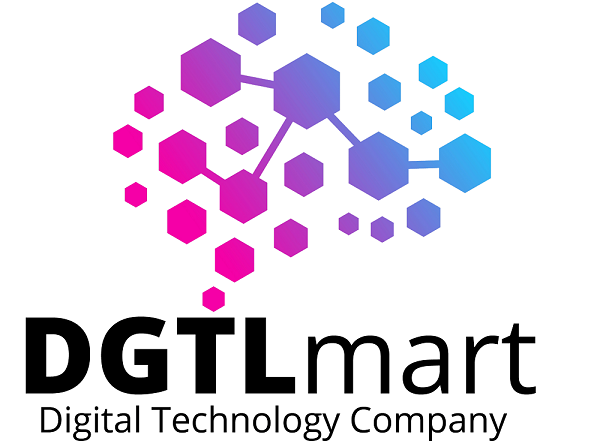Get Your App to the Top of the Salesforce AppExchange – Complete Guide
Salesforce AppExchange is one of the leading B2B SaaS marketplaces, with over 9 million installs and 150,000+ customer reviews. For ISVs and developers, ranking higher on AppExchange means greater visibility, trust, and long-term business growth. Whether you’re launching a new app or improving an existing one, this comprehensive guide will help you climb the AppExchange ranks and drive installs.
Why Ranking on AppExchange Is Essential
Being at the top isn’t just about exposure—it drives traffic, trust, and conversions. A top-ranking app enjoys:
- More organic visits from Salesforce users
- Enhanced credibility
- Higher install and trial rates
- A better chance of getting featured by Salesforce
Key Factors That Influence AppExchange Ranking
While Salesforce doesn’t disclose its exact algorithm, the following elements significantly affect your app’s visibility:
1. Quality and Quantity of Reviews
Frequent, positive reviews improve trust and search positioning. Salesforce favors apps with authentic and consistent feedback.
2. App Installs and Usage
The number of installs and active users indicates popularity. Higher engagement helps your listing stand out.
3. Listing Optimization
Strategic keyword usage in your app name, description, and tagline can boost rankings. SEO-friendly listings perform better.
4. Engagement Metrics
Click-through rates, time on page, and actions like watching demo videos are strong ranking signals.
5. Security Review and Certifications
Salesforce-certified and secure apps rank higher. Passing the Security Review is mandatory.
6. Active Support and Regular Updates
Salesforce rewards apps that are well-maintained, supported, and frequently updated.
Step-by-Step Optimization Process
Step 1: Keyword Research for AppExchange SEO
Identify keywords your users search for (e.g., “CPQ tool,” “invoice automation”). Use tools like Google Keyword Planner or SEMrush. Place them naturally in your title, description, and tagline.
Step 2: Write a Strong Title and Tagline
Your app name should be clear, keyword-rich, and benefit-driven.
Example: InvoicePro – Automated Billing & Payment for Salesforce
Step 3: Create an Optimized Long Description
Use headings, bullet points, and whitespace. Naturally insert 3–5 keywords and highlight pain points and solutions.
Step 4: Use High-Converting Visuals
Include:
- A clean app icon and banners
- Feature-rich screenshots
- A short demo video (with captions)
Ensure all visuals reflect real Salesforce UI and are mobile-friendly.
Step 5: Gather and Manage Reviews
- Request reviews post-onboarding
- Use the “Request a Review” feature
- Reply to every review—positive or negative
Step 6: Pass the Salesforce Security Review
Follow all security protocols and update your app regularly. Maintain clear documentation and address vulnerabilities quickly.
Step 7: Engage with the Salesforce Community
Be active in:
- Trailblazer Community
- Salesforce MVP networks
- Events, webinars, and user groups
Step 8: Monitor AppExchange Analytics
Key metrics to track:
- Page views
- CTRs
- Conversion rates
Use this data to refine your listing and promotional strategy.
Advanced Strategies to Rank Higher
1. Use AppExchange Advertising
Invest in paid placements during product launches or peak seasons for added exposure.
2. Collaborate on Co-Marketing with Salesforce
Partner for co-branded webinars, blog features, or newsletters if you’re an ISV partner.
3. Publish Case Studies
Share real customer success stories showing tangible business outcomes.
4. Localize Your Listing
Translate your content, subtitles, and documentation for global reach.
5. Offer a Free Trial or Freemium Model
Encourage user adoption with a simple 7 or 14-day trial.
6. Stay Updated with Salesforce Releases
Make sure your app aligns with Salesforce’s seasonal updates (Spring, Summer, Winter).
Promoting Your App Beyond AppExchange
Driving external traffic improves AppExchange performance.
Content Marketing
- Write blogs about Salesforce challenges
- Create tutorials and case studies
- Build SEO landing pages
Email Marketing
- Launch feature announcement emails
- Add AppExchange links to email signatures
- Partner with influencers or consultants
Paid Ads
- Target Salesforce roles with LinkedIn Ads
- Use Google Search and retargeting ads
- Run AppExchange-specific campaigns
Salesforce Community Engagement
- Post in Trailblazer groups
- Participate in Dreamforce and World Tours
- Connect with Salesforce MVPs
Encourage Advocacy
- Create customer testimonials
- Offer referral incentives
- Feature success stories on your listing
Checklist: Your Roadmap to the Top
✅ Keyword research
✅ SEO-friendly title and description
✅ High-quality visuals and demo video
✅ Passed Salesforce security review
✅ Frequent 4–5 star reviews
✅ Analytics tracking and A/B testing
✅ External promotions and email campaigns
✅ Community engagement
Getting to the top of Salesforce AppExchange takes ongoing effort, not just a one-time push. Optimize your listing, engage your audience, gather reviews, and stay updated with Salesforce trends. The right strategy will help you drive installs, build trust, and grow your Salesforce ecosystem presence.
